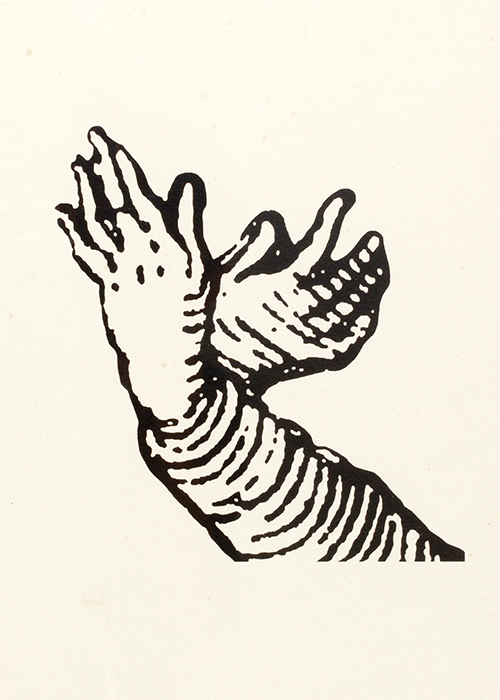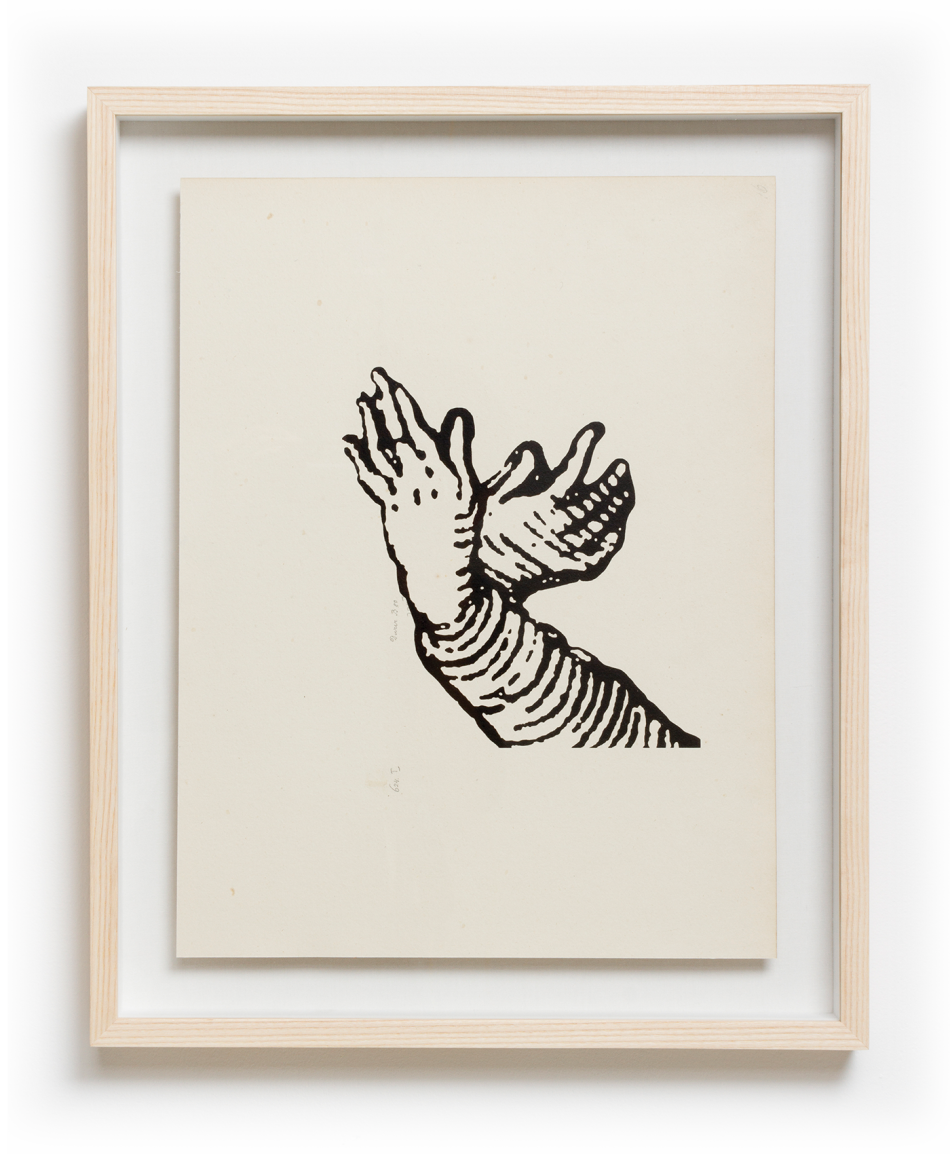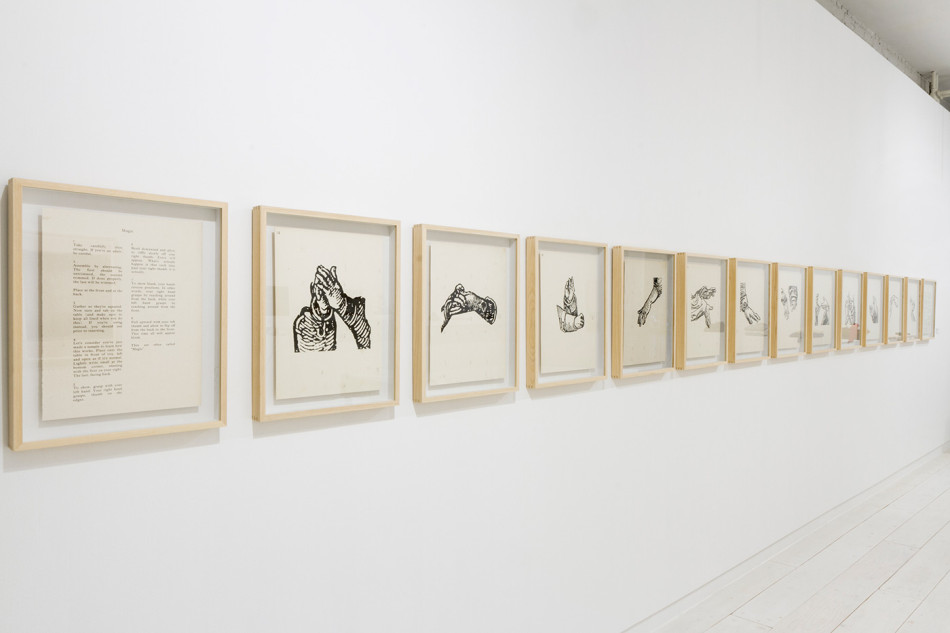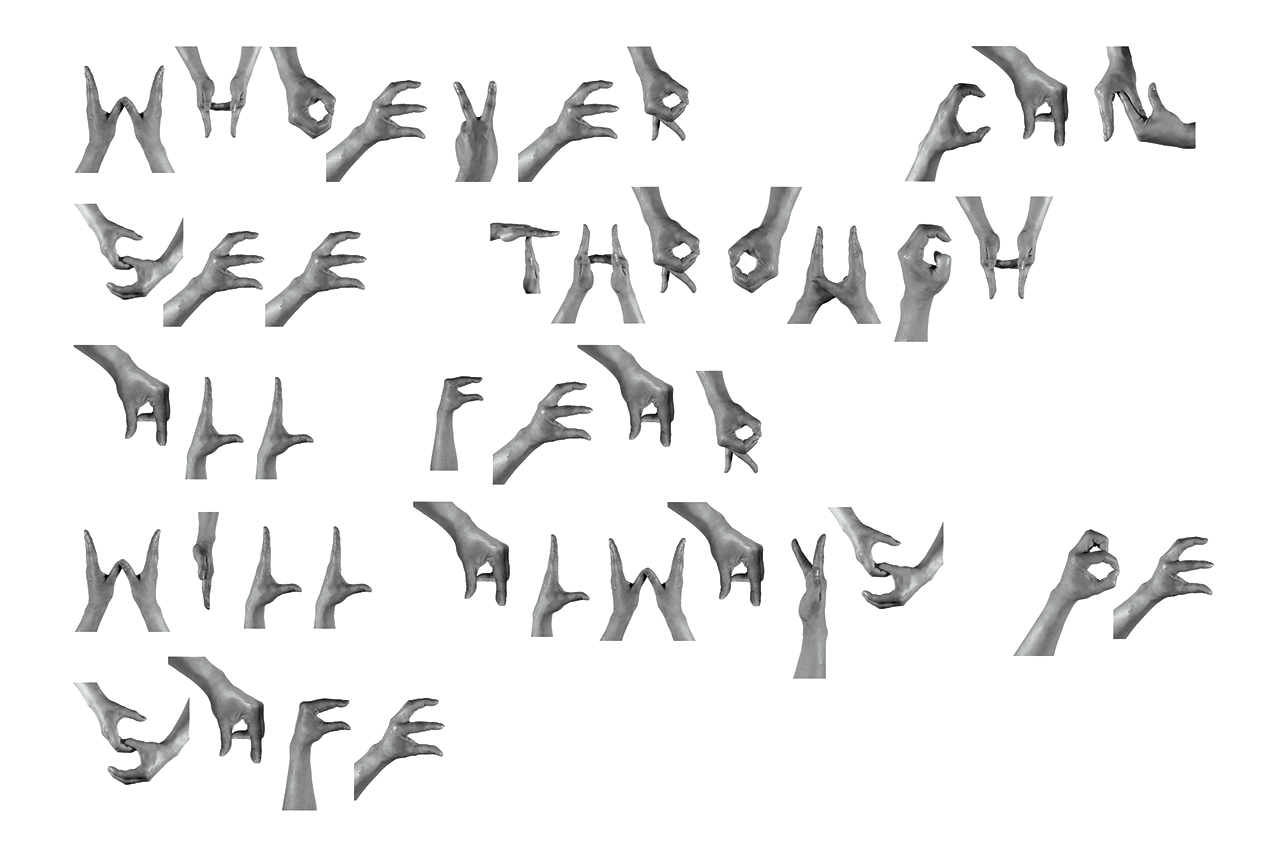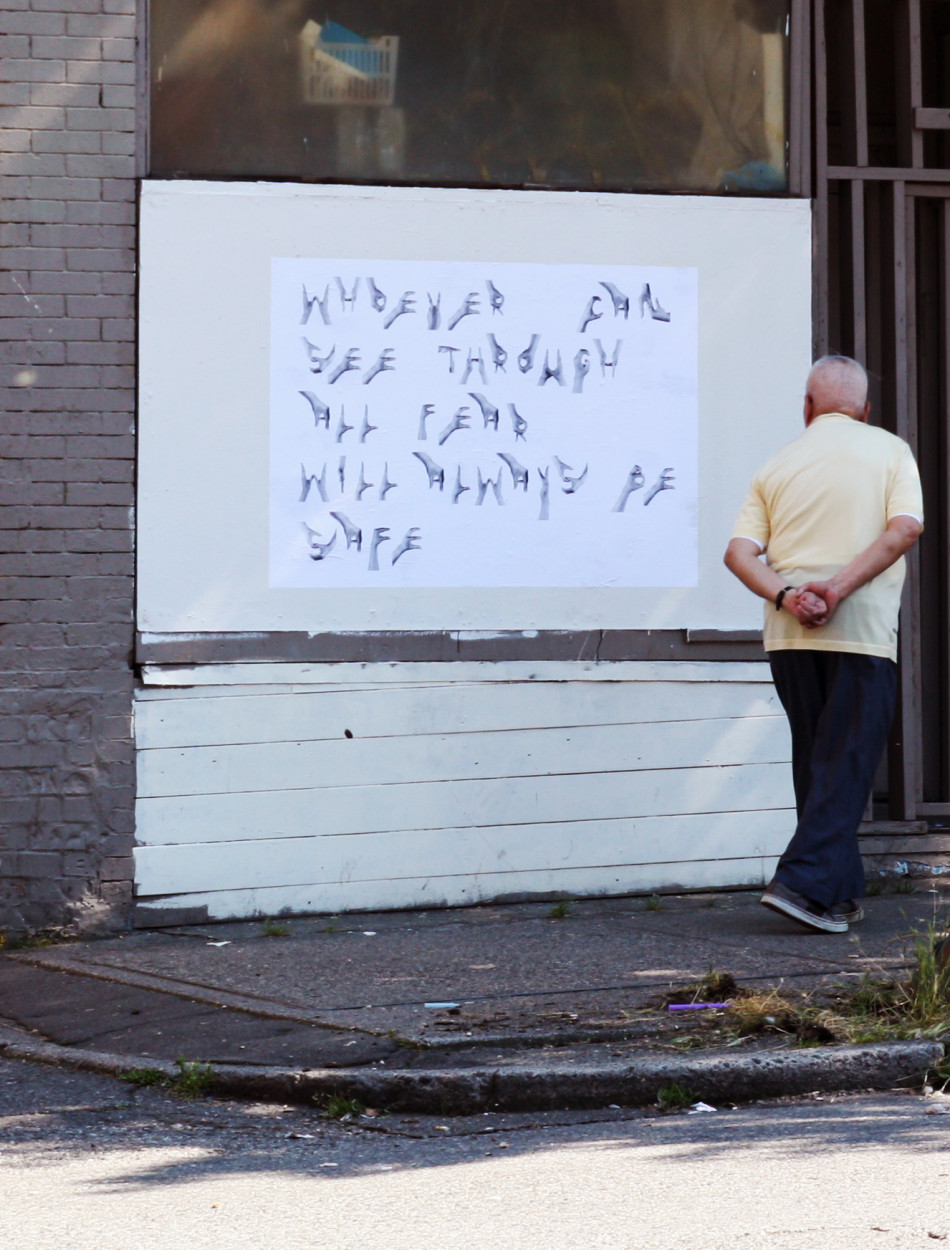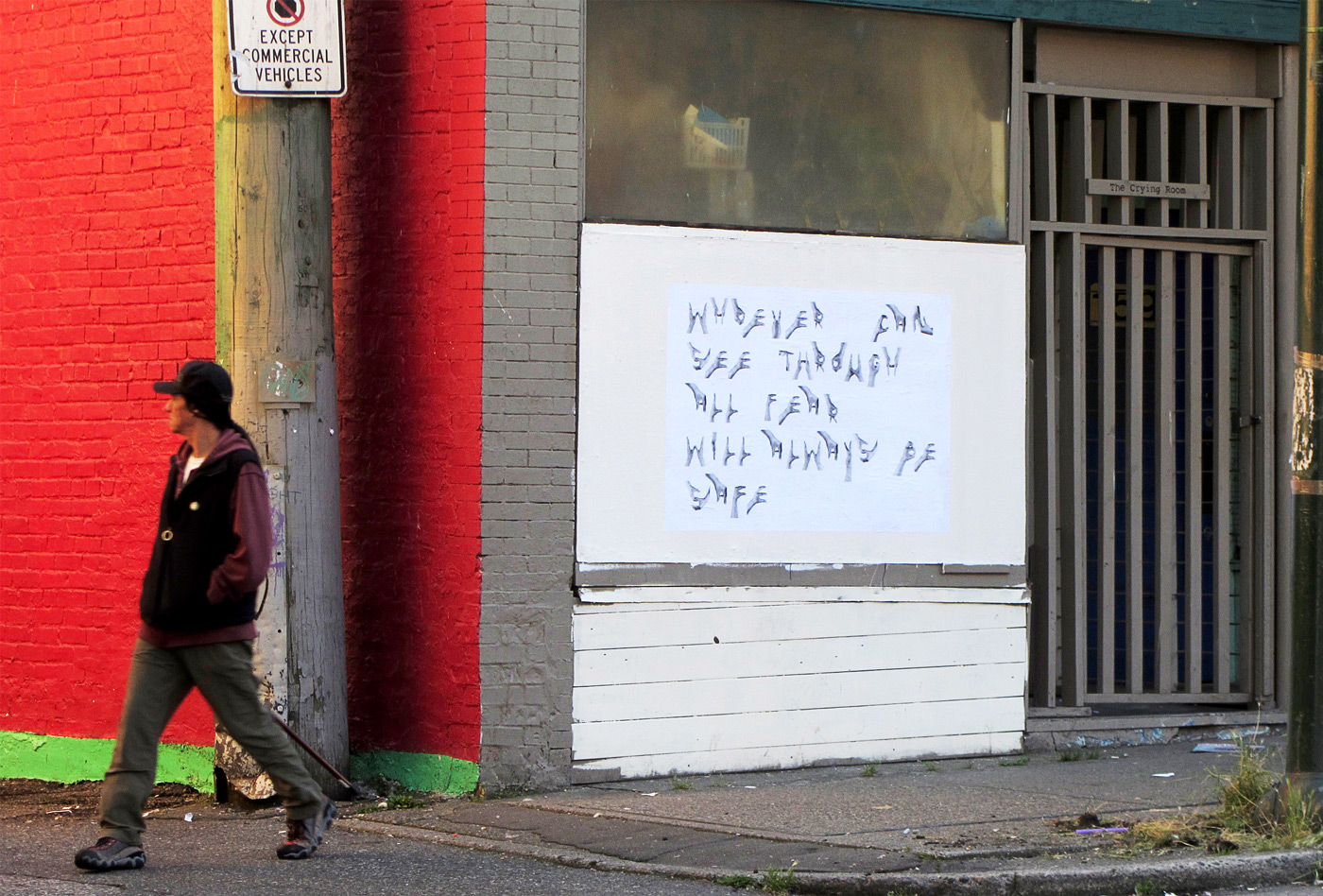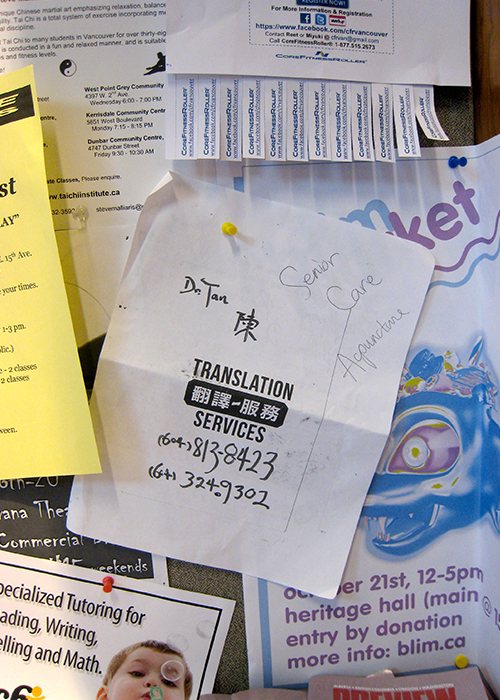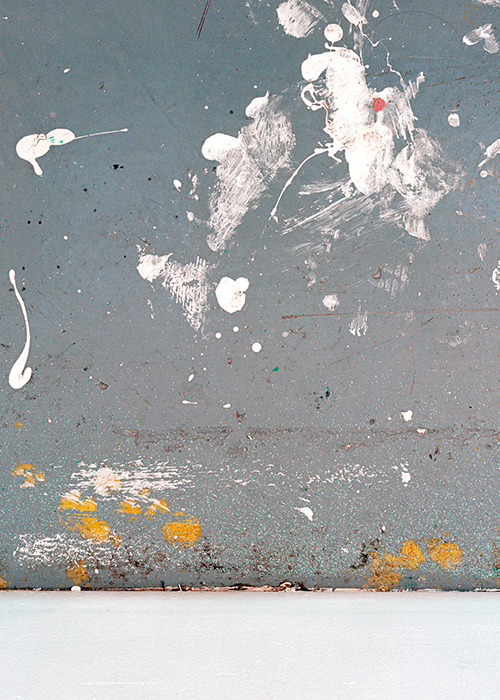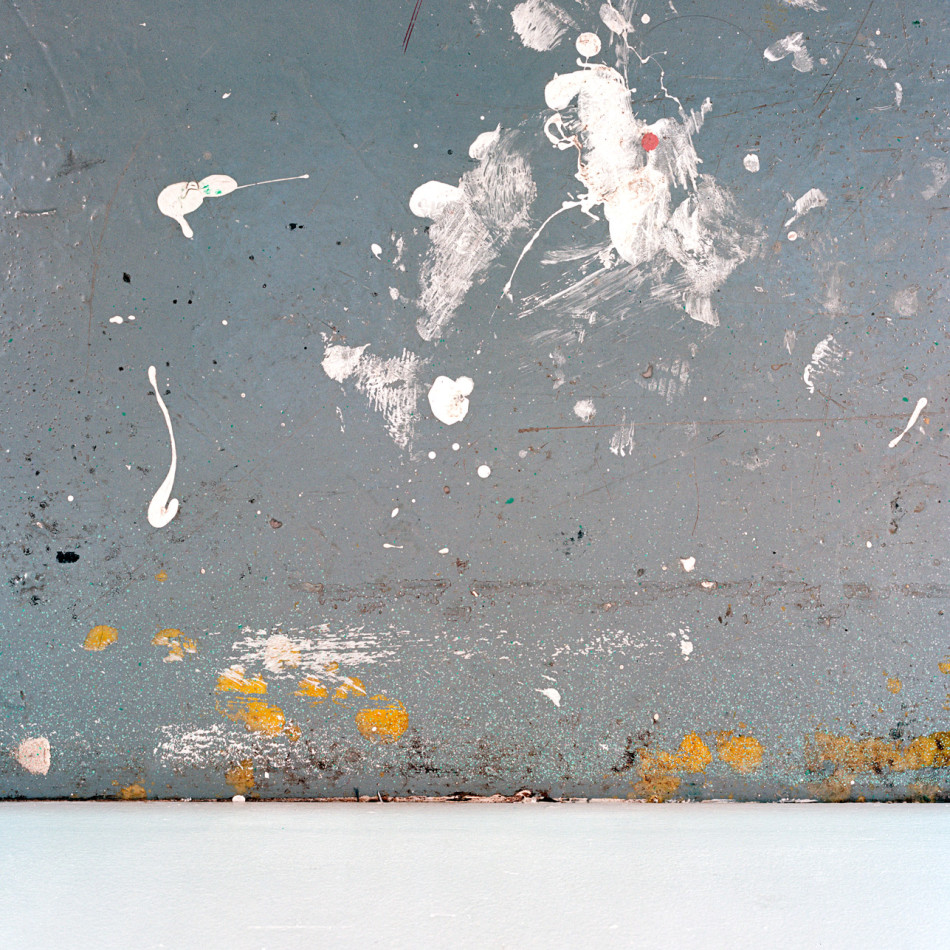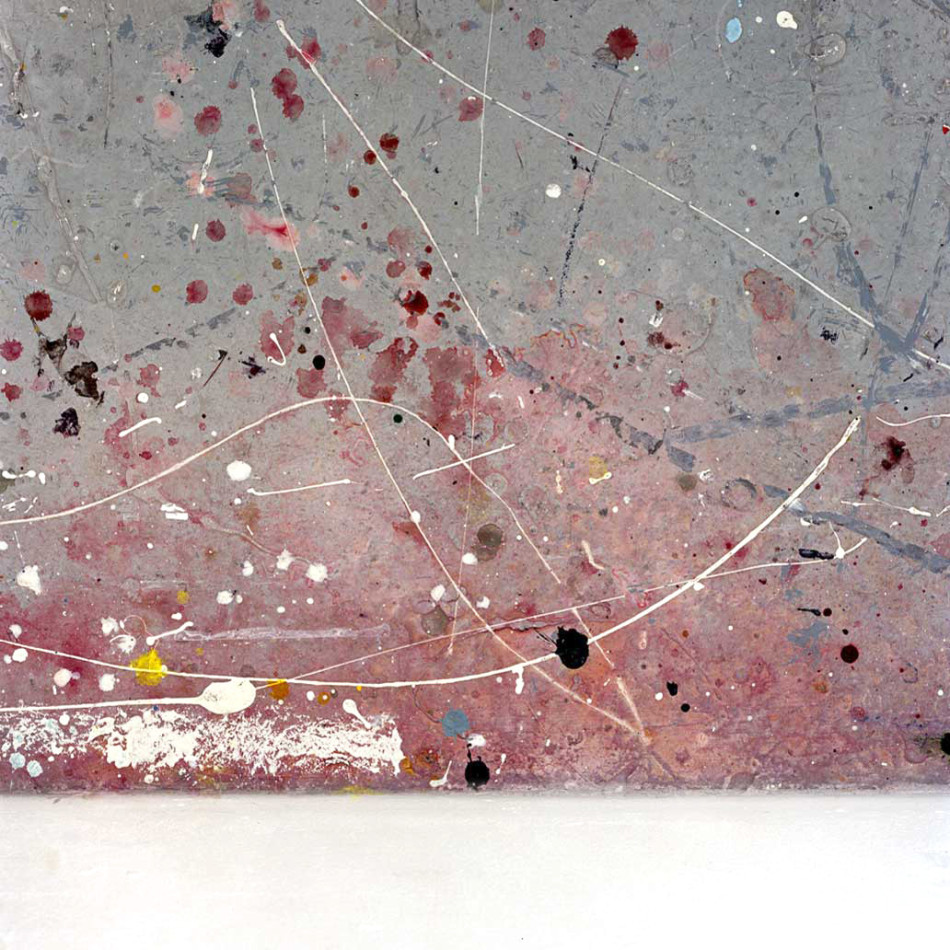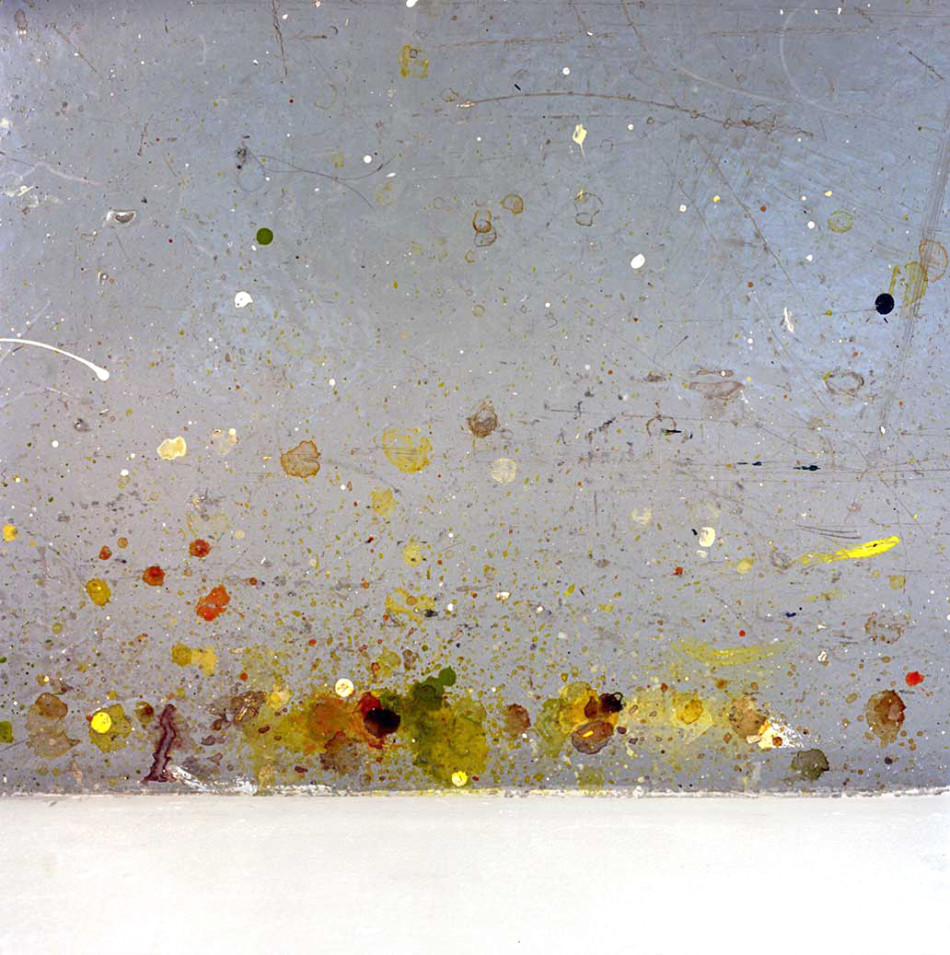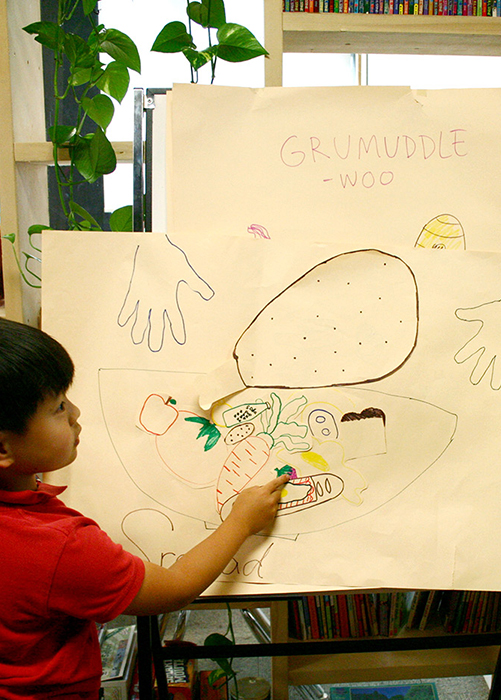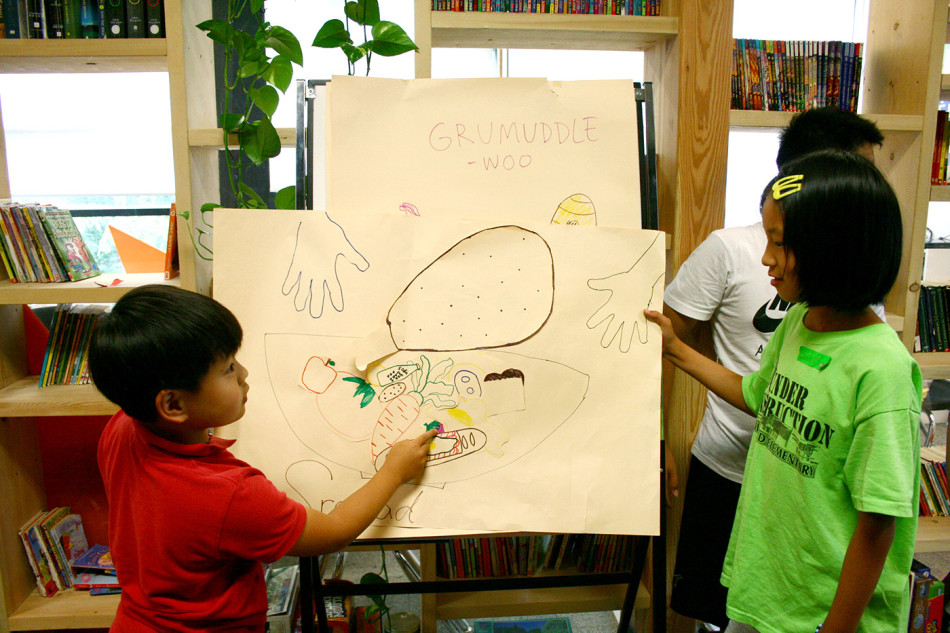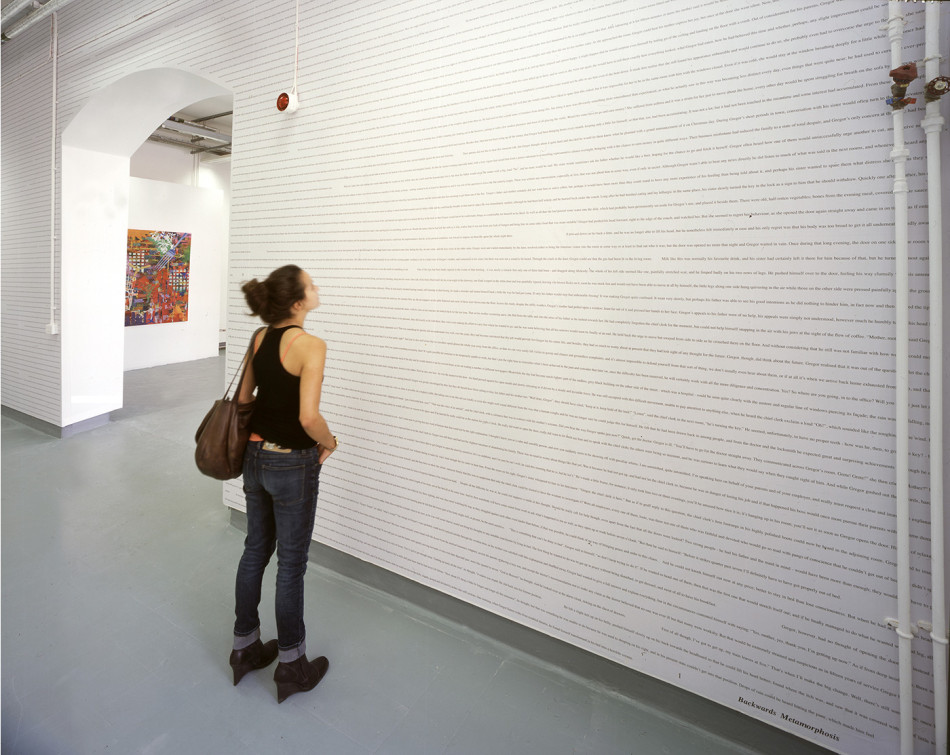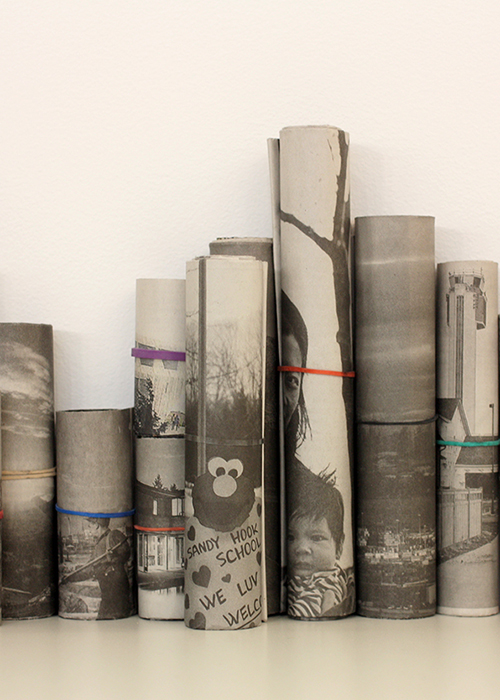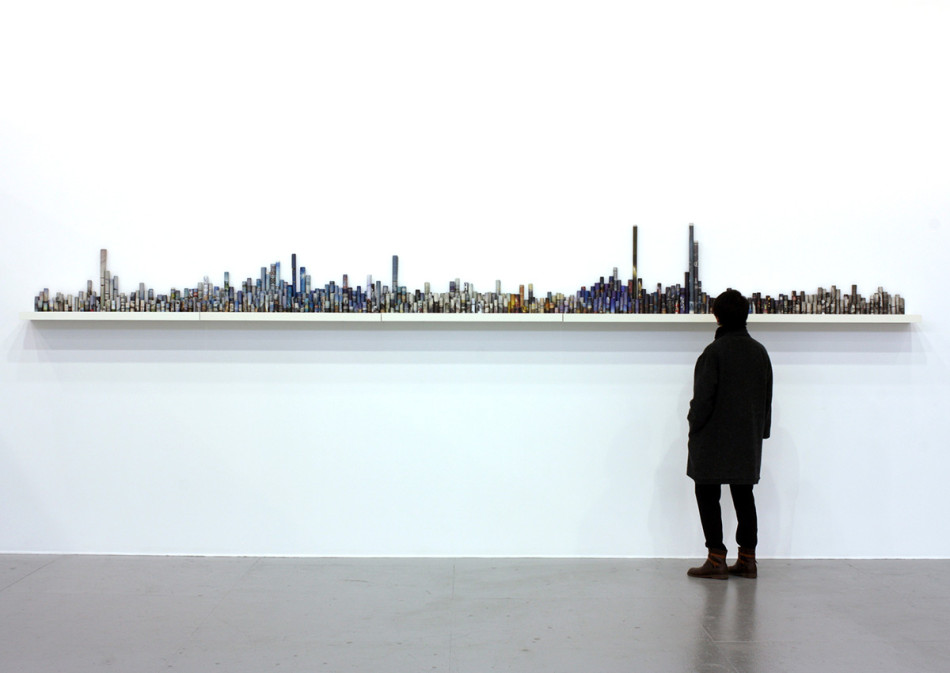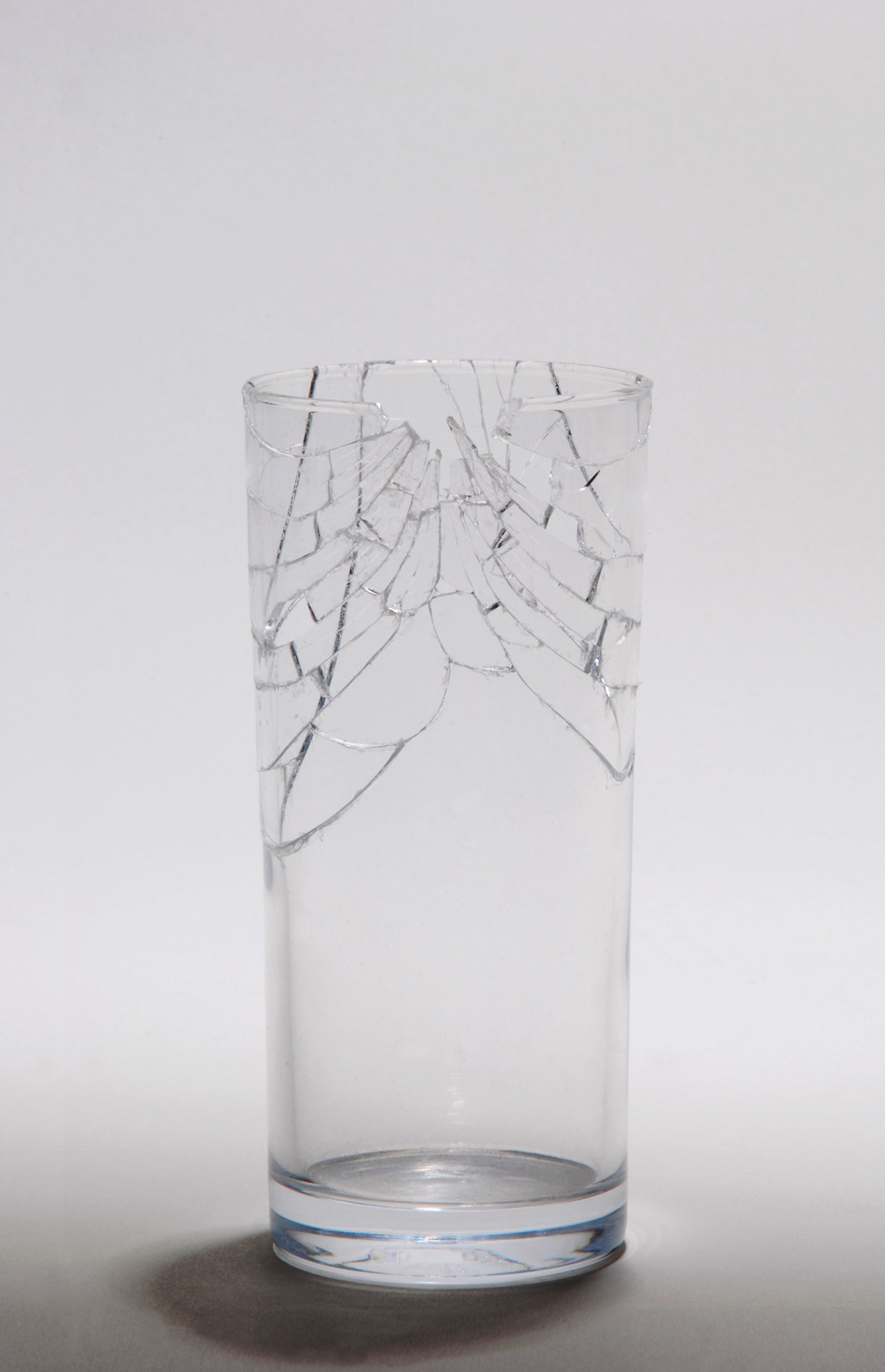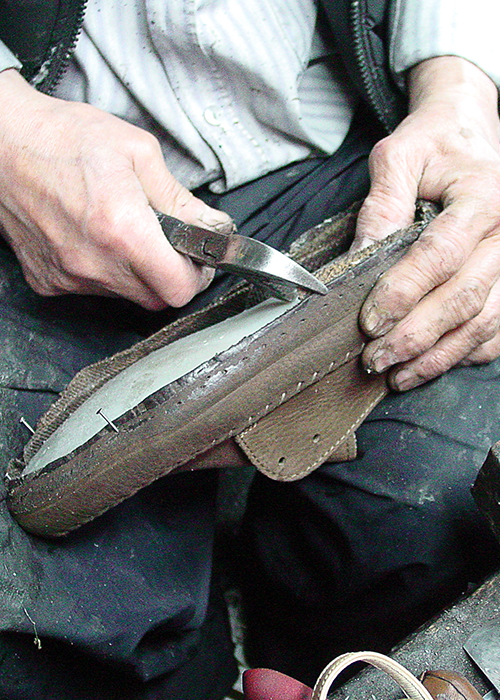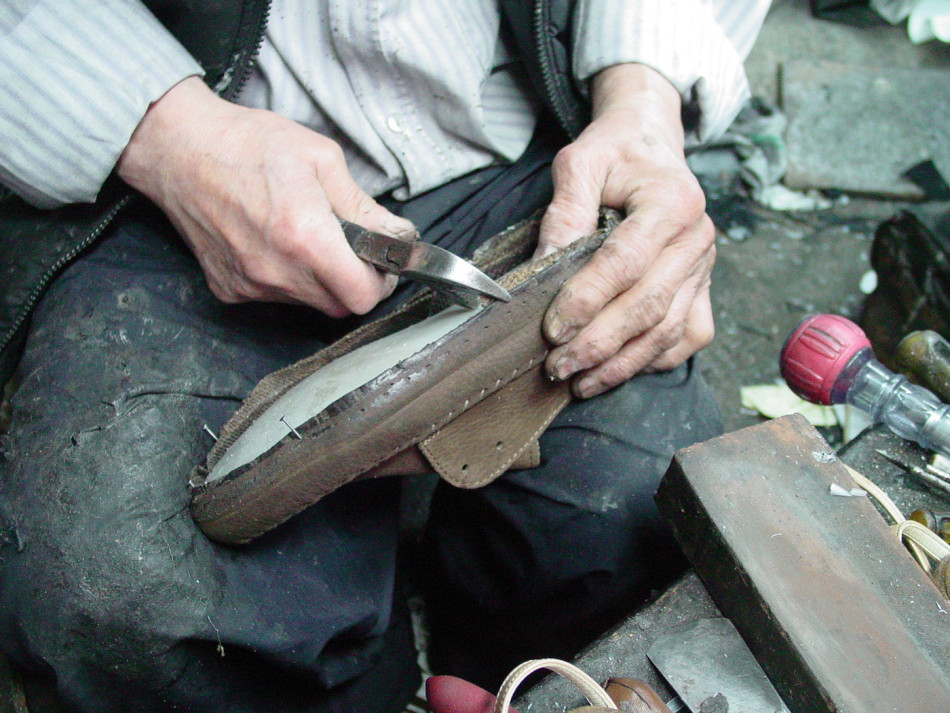February 15, 2020 — Comments are off for this post.
2016
The Doors, pigment print on backlit film 152cm x 122cm
Door Phase, single channel moving image 11'07", loop
門 The Doors (2016) is Hyung-Min Yoon’s third work to utilize text as sculpture for an outdoor installation. In particular, this series positions the text on a body of water in order to generate a reflection, and in so doing, activates the artwork as an ephemeral manifestation of light. Furthermore, in this instance the sculpture has been designed for mobility, to be transported and documented in multiple locations, thus to broaden the possible associated narratives.
The sculpture consists of a single Chinese character 門, meaning “door” or “gate”. This character is one of the most prevalent in use today, but it is also one of the oldest known characters in the Sino language group. The eminent scholar Shirakawa Shizuka has suggested that 門 originally referred to the door of a shrine, and so the script therefore had a spiritual connotation (Shizuka, 2005, p. 66). In this way, the character 門 was not just a pragmatic symbol of the everyday, rather it was a metaphor for a portal, a border or a space ‘in-between’ worlds. This metaphor forms the basis for compound meanings produced by inserting other characters between the ‘doors’, such as 閂, 閃, 閒, 間, etc. The Doors echoes this ancient production of meaning by bringing the metaphor into a relation with specific sites.
In this work, the ‘real’ object and the ephemeral reflection holds a tension in the landscape, balanced by the central metaphor. Water - the medium and the activator, the primordial soup, the beginning - connects the past and present, as well as all the sites. The surface of the water vibrates sometimes subtly, other times violently by wind, rain or a bird’s movement; the appearance of the reflected character is subject to constant change. At a certain time, when the surroundings agree, still water reveals the ancient character. As the critic and writer Lucy R. Lippard has said, “If one distrusts the value systems of this society, where does one look for alternatives? Back to the beginnings.” (1983, p. 90)
門 The Doors was produced with support from the Canada Council for the Arts.



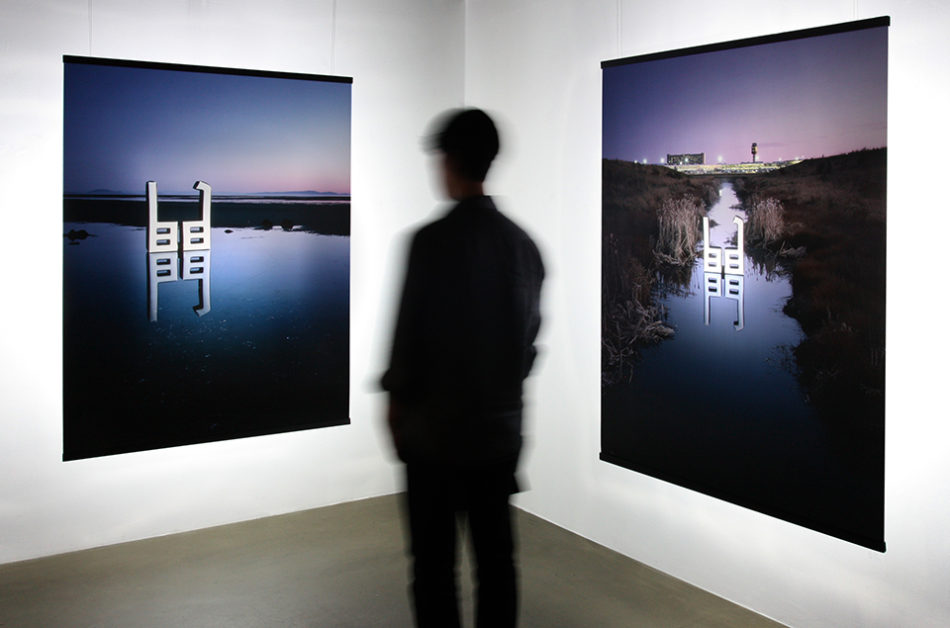 Installation at Trunk gallery, Seoul
Installation at Trunk gallery, Seoul
A clip from Door Phase



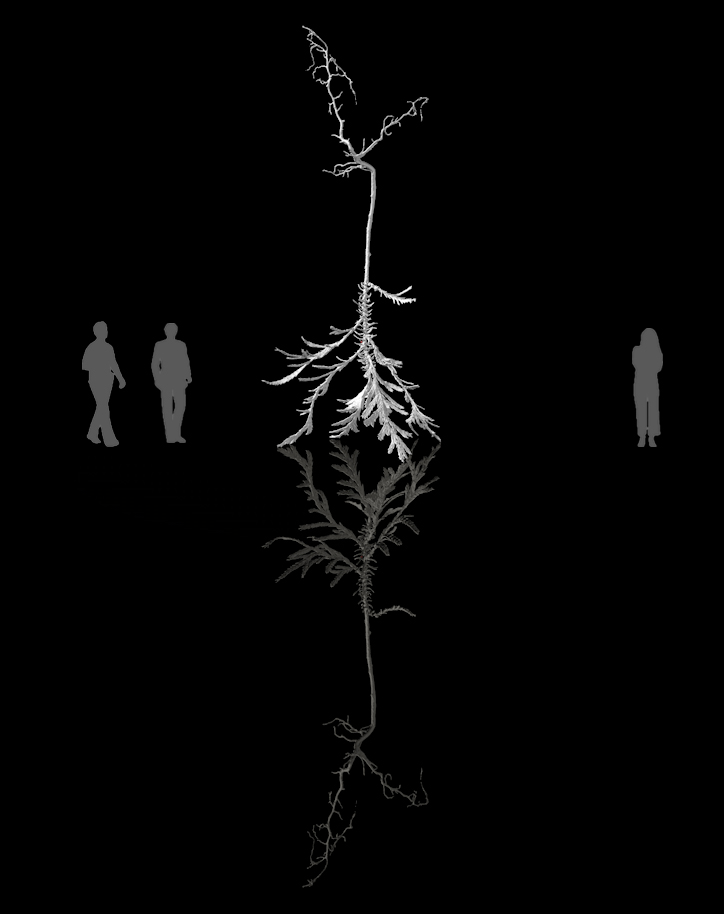

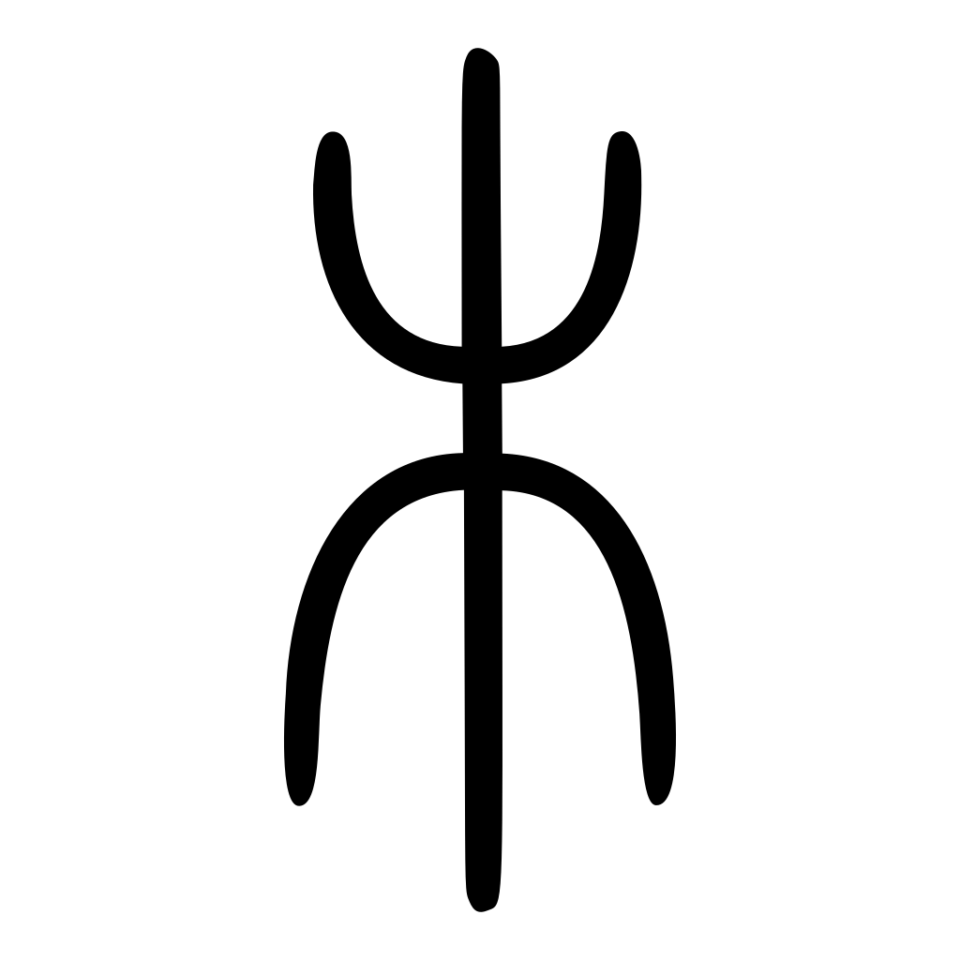
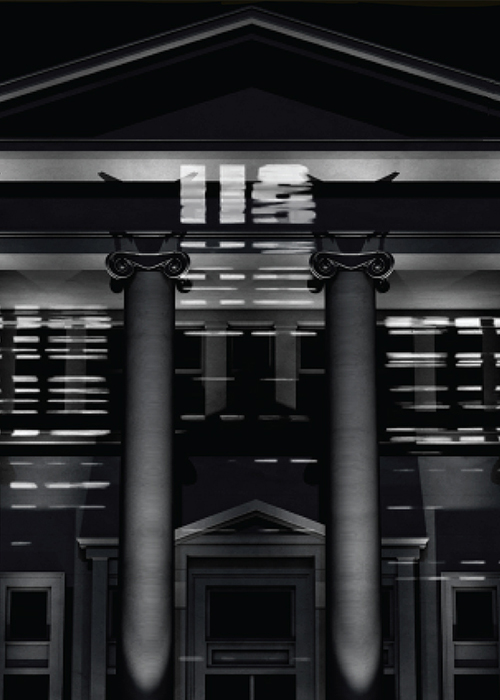








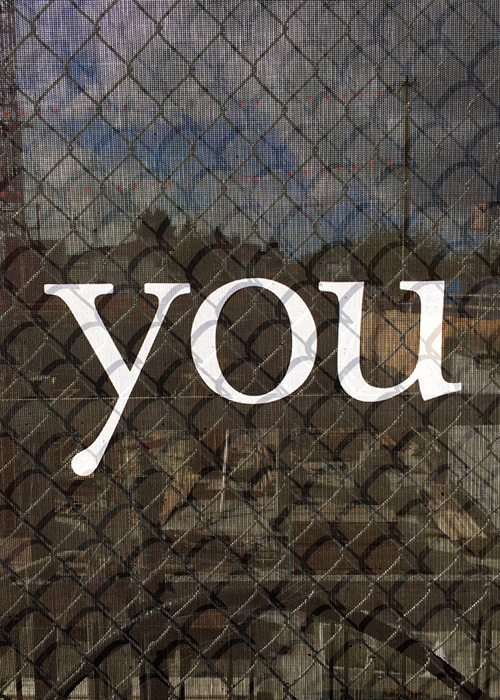
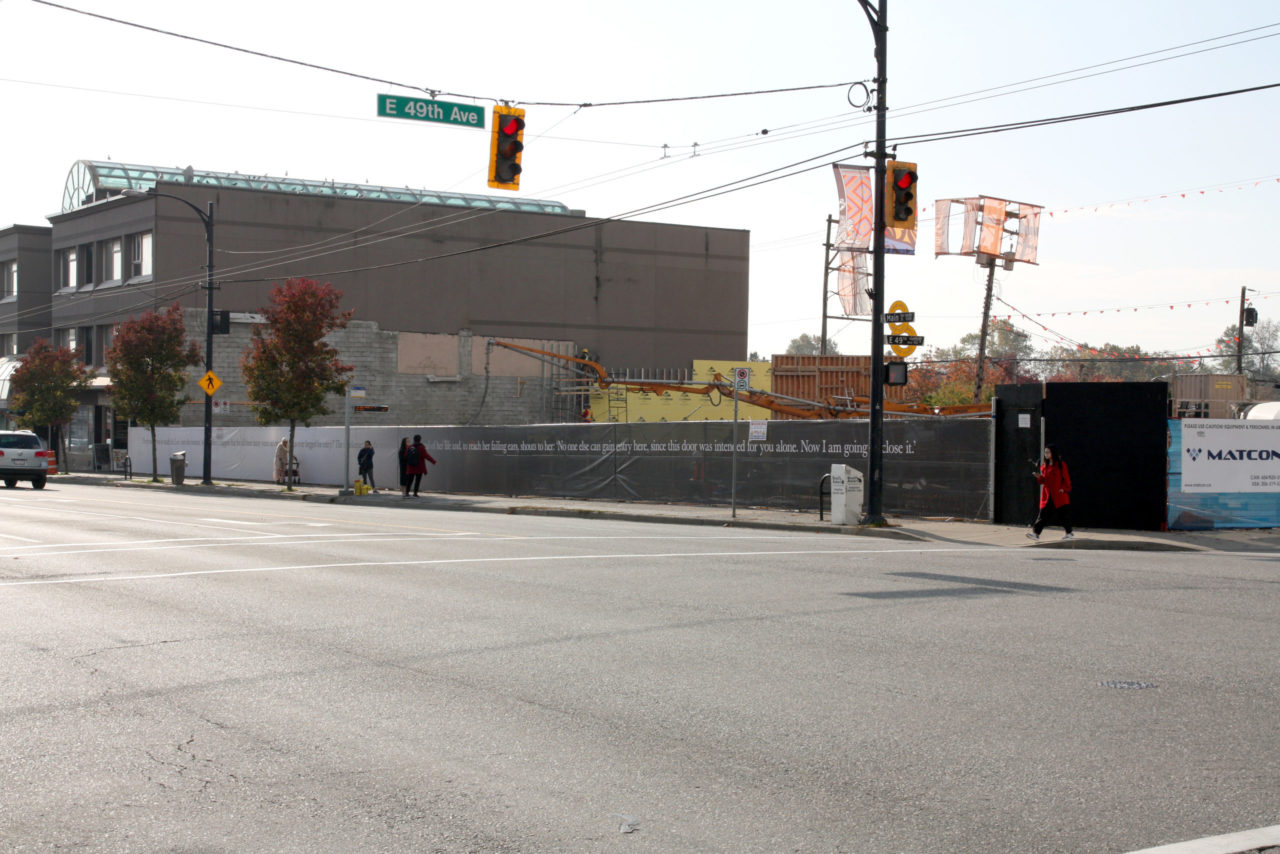






 Installation at Trunk gallery, Seoul
Installation at Trunk gallery, Seoul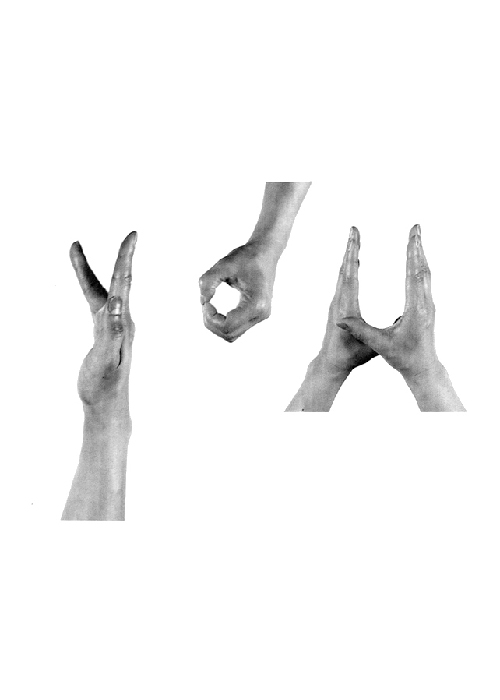



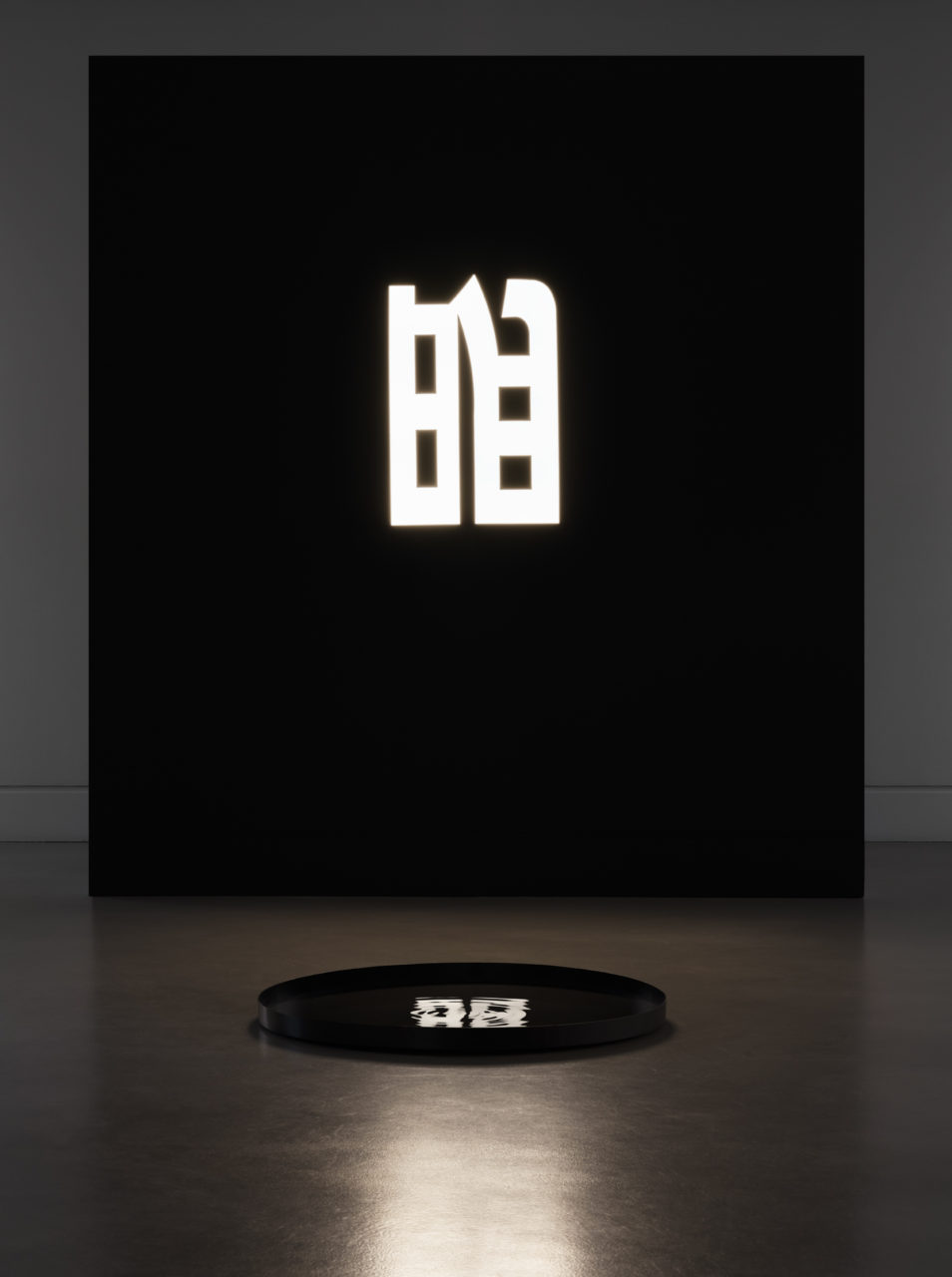
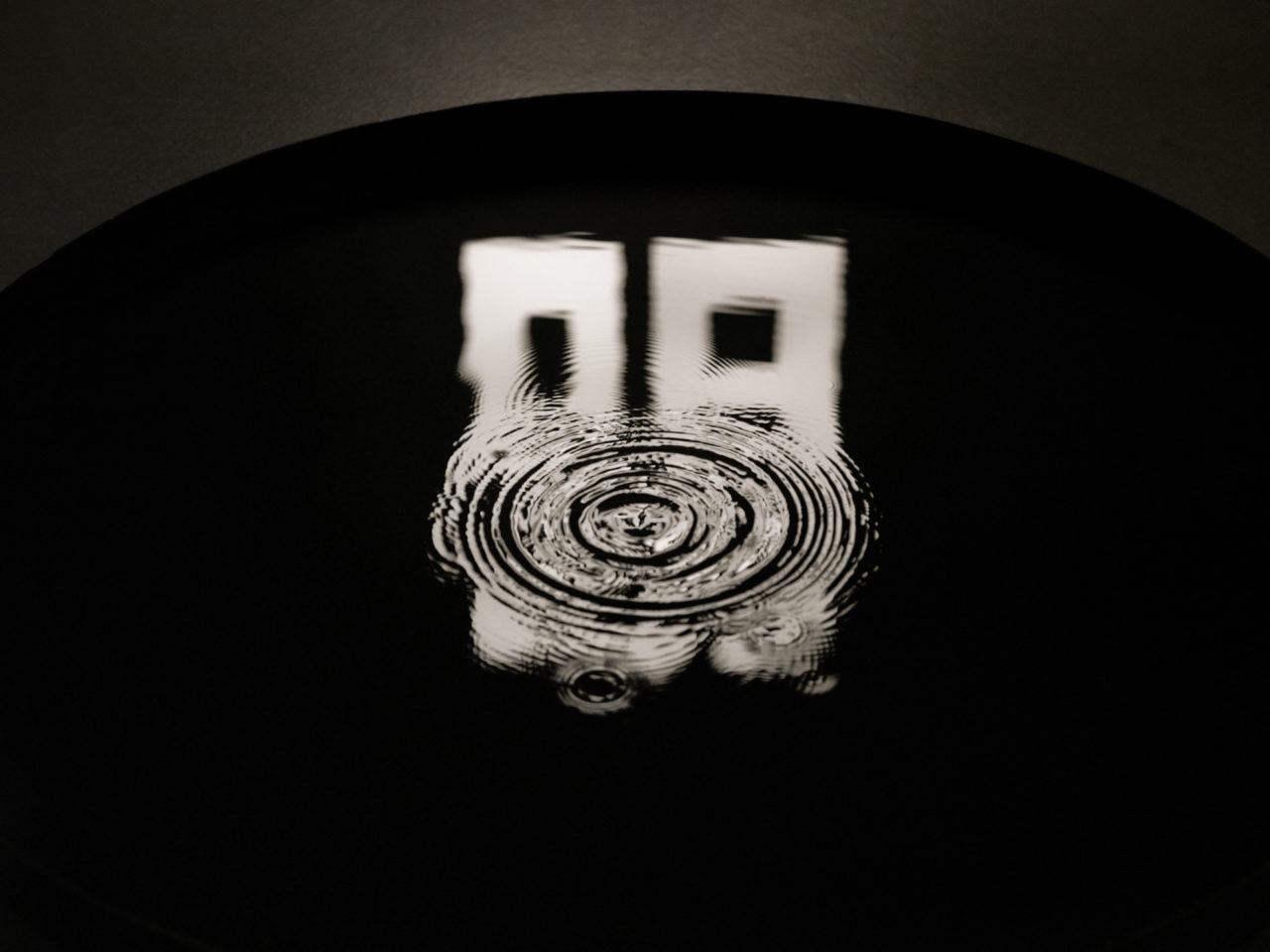
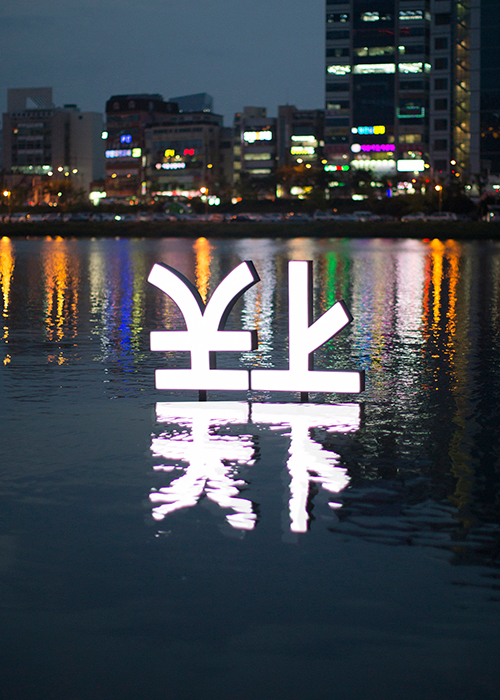
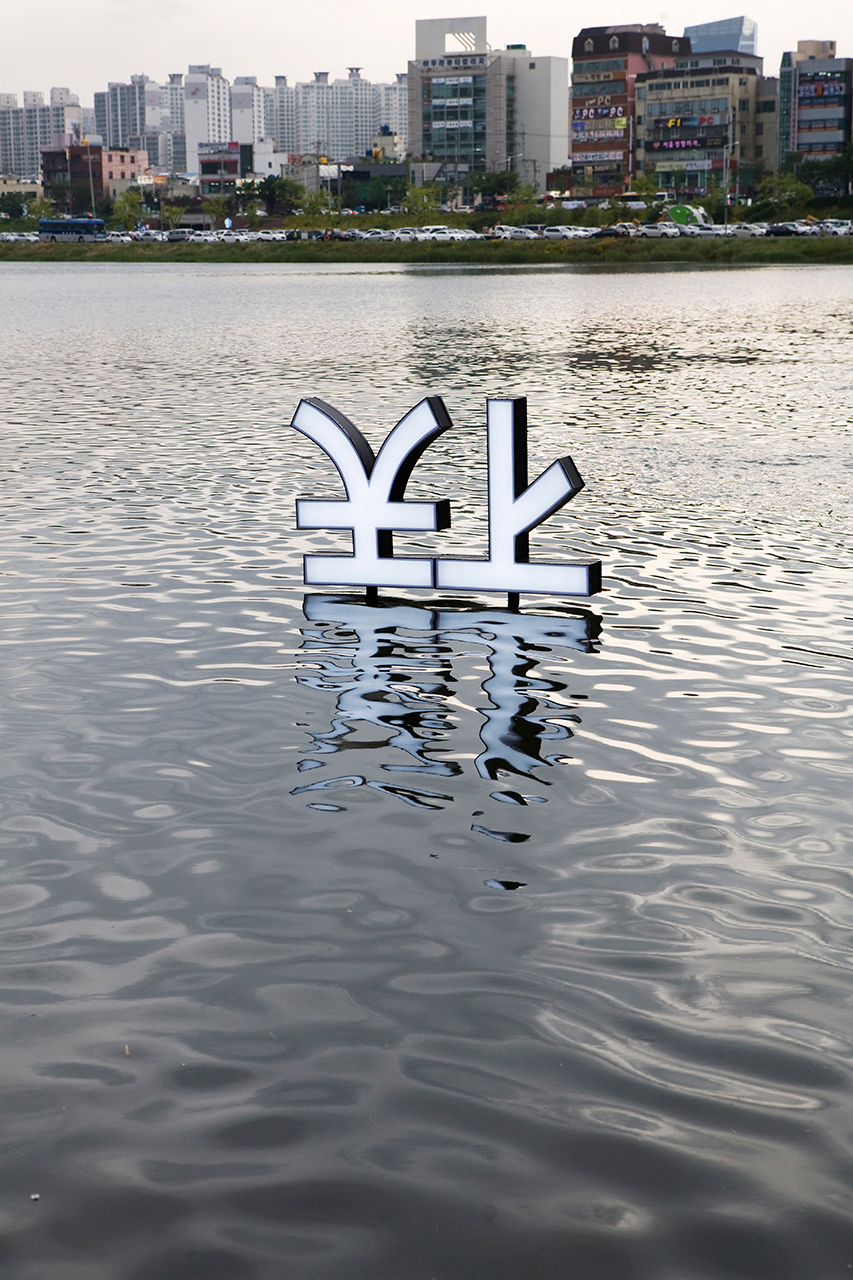

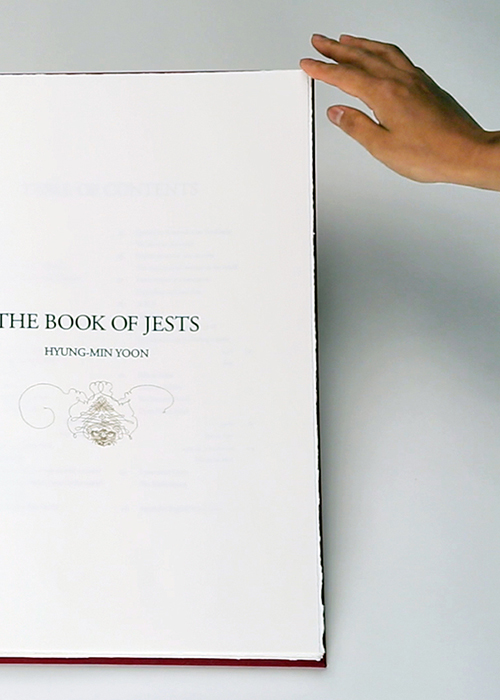

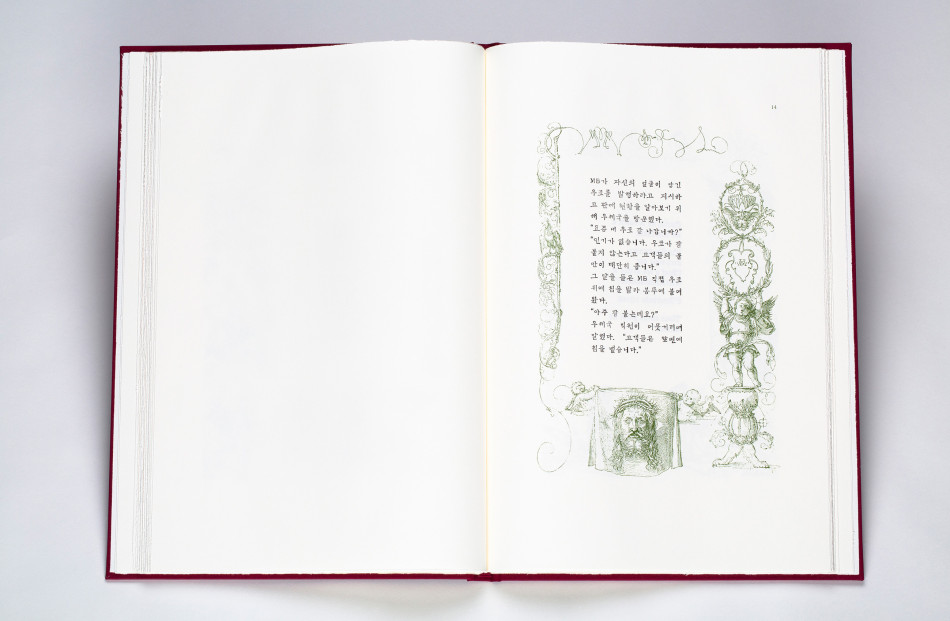
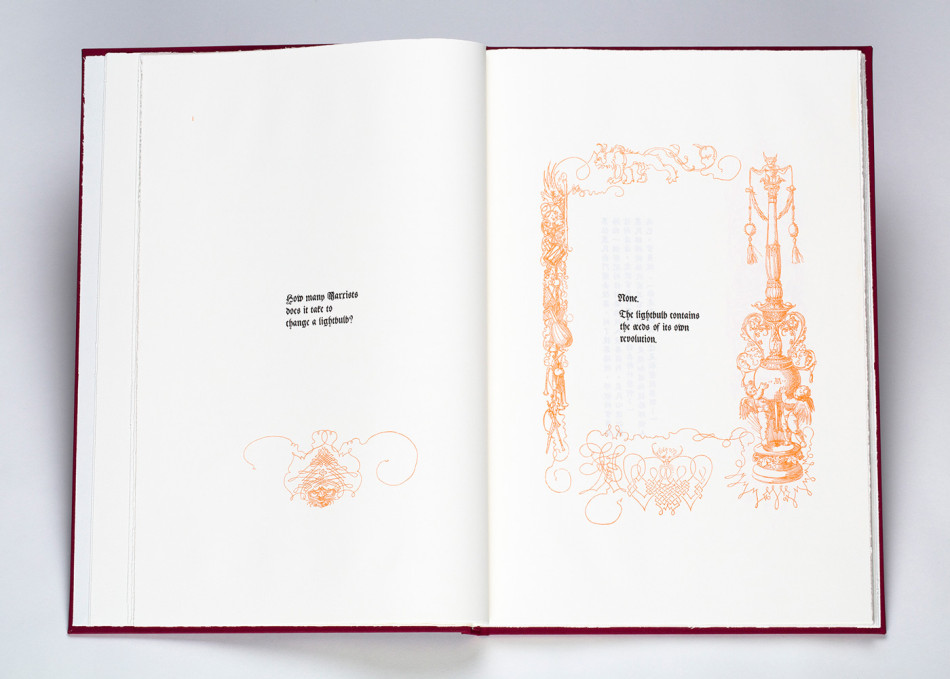

 Installation photo: Hite Collection
Installation photo: Hite Collection